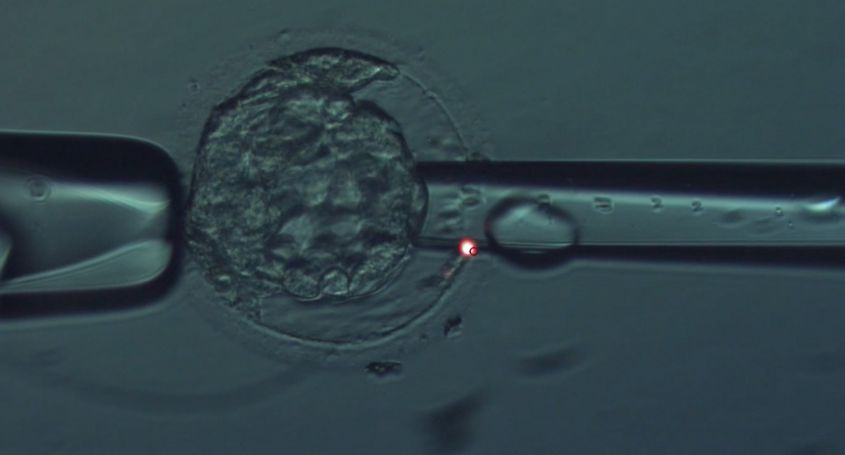The specific advantages of each of the different assisted reproduction techniques make it possible to adapt the treatment to the individual needs of the patients.
Advantages of artificial insemination
Artificial insemination is the least invasive of the assisted reproduction treatments. In insemination, hormonal stimulation is minimal, thus avoiding the unpleasant side effects of hormone treatment and the need to go to the operating room for egg retrieval. As fertilisation takes place in the fallopian tubes as in a spontaneous conception, the process is more natural and the embryo evolves in its natural environment. To sum up, it is a painless, cheaper and more natural process than in vitro fertilisation .
Advantages of in vitro fertilisation (IVF)
Although in vitro fertilisation is a more invasive treatment than artificial insemination, it has many advantages. Primarily, although it is a more expensive procedure, the success rate is much higher. It also allows women who could not opt for artificial insemination - such as patients with tubal factor, advanced age or low ovarian reserve - to become mothers with their own oocytes.
After obtaining the oocytes by egg retrieval and subsequent fertilisation in the laboratory, the embryos are left in culture. This allows a selection of viable embryos to be made. The best will be transferred and the rest will be vitrified so that they can be transferred later, that is to say, with a single treatment, we obtain embryos that will allow us several attempts at pregnancy. In the case of couples who are carriers of a specific genetic disease, IVF allows pre-implantation genetic diagnosis (PGD) to be carried out in order to select healthy embryos or embryos that are not carriers of the genetic disease for embryo transfer.
Finally, IVF is the gold standard treatment for couples with severe male factor, either because the patient has suboptimal semen quality, has to undergo a testicular biopsy, or the sample is even more valuable because it comes from a frozen sample for fertility preservation.
Advantages of egg vitrification
Egg vitrification as a fertility preservation procedure is aimed at patients who have to undergo medical treatment that may affect their future fertility (chemotherapy, radiotherapy) as well as at women who prefer to delay childbearing. It is currently the female fertility preservation procedure with the best clinical results.
The main advantage of vitrification is that while over the years, the ovarian reserve and the quality of a woman's oocytes diminish, vitrified oocytes maintain the quality of the moment they were frozen and are not affected by the passage of time. Another advantage of this cryopreservation procedure is that, with the new protocols available, the improvement in survival to the thawing process is very substantial compared to previous freezing protocols.














